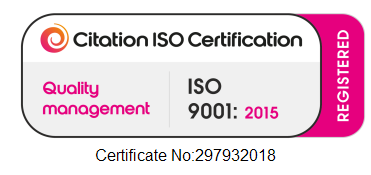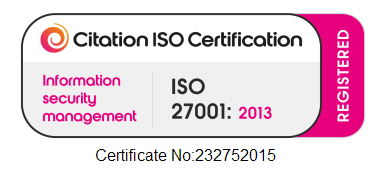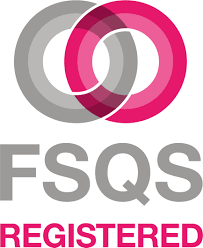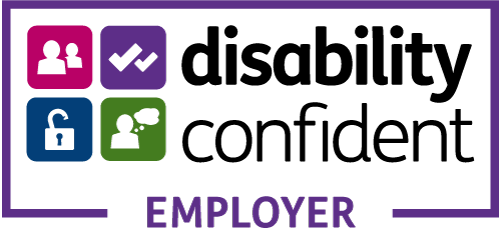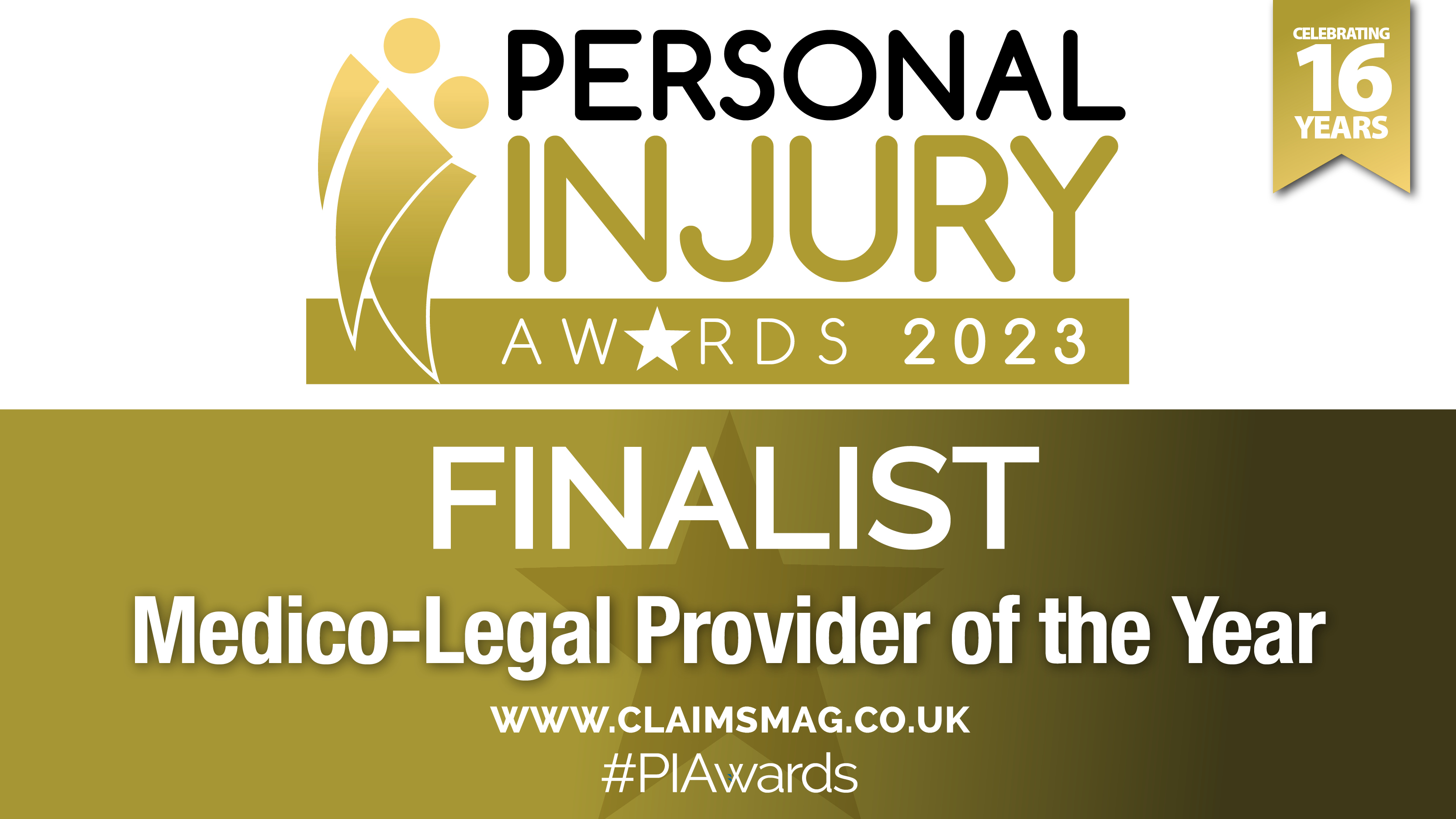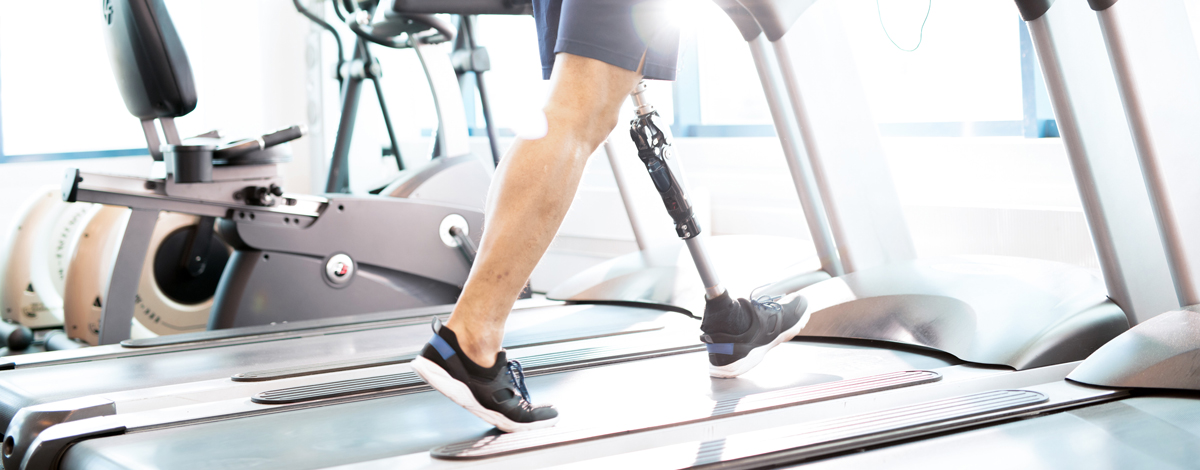

5 Nov 2019
How technology is pioneering better rehabilitation treatment
Whenever someone is recovering from an injury, their progress needs to be monitored and assessed to see how effective their treatment is. Advances in technology have completely redefined the way injuries are assessed as well as changing the way rehabilitation treatments are monitored and performed.
As a result, we’re looking further at how technology has changed injury rehabilitation and the positive impact advances in technology can have on people dealing with various injuries.
Better understanding through diagnostic technology
Throughout history, medical technology has always improved our understanding of how the body works and our ability to assess injuries.
From stethoscopes to x-rays, all the way through to cutting edge imaging like MRI scanners, utilising technology allows medical professionals to get a better idea of the extent of an injury and what can be done to help treat it.
Diagnostic assessments provide valuable insight into how well treatment is progressing. These assessments could include checking how an individual is healing following surgery, perhaps using x-rays to see how well the reconstruction of a joint has healed or looking at how effectively physiotherapy is restoring a range of motion.
Diagnostics allows a medical professional to see how well their patient is progressing and, if needed, tailor and adapt their treatment to ensure that the individual’s rehabilitation goals can be reached. For instance, if an MRI or ultrasound on a knee injury reveals that there’s still ligament damage or recovery isn’t progressing as expected, plans can be adapted and changed to take into account new information or extended time frames.
Improving treatment
Advances in technology have helped to make various treatments more effective and convenient.
There are many ways that surgical intervention can help people. These range from effective surgeries to repair damage to bones and ligaments, to cosmetic surgeries that can reduce the appearance of scarring and burns or delicate reconstructive surgery to help restore confidence following an accident.
Technology has allowed medical professionals to work more efficiently and effectively, not only improving the quality of care that is offered, but also increasing the number of treatments that are possible.
Aiding rehabilitation
Technologies that make different forms of physical therapy more accessible and advances in the ways treatments are delivered, have been instrumental in helping people achieve optimum recovery.
Huge leaps have been made in prosthetics and robotics, helping people to regain movement and independence following traumatic injuries. 3D Printing, for example, has allowed for greater accuracy and speed in creating casts, prosthetics and even dental implants that are tailored to a specific person.
Virtual Reality (VR) has been seen as a new frontier in helping to treat Post-Traumatic Stress Disorder or PTSD, alongside other mental health conditions. Providing a safe, digital environment allows individuals to confront the sources of anxiety and stress, and work through different issues as part of ongoing mental health support.
As our understanding of the human body widens, we constantly learn more about how it moves and functions, which helps different treatments evolve. From using different apparatus in physiotherapy to providing apps that allow for assessment of an injury or suggestions for exercises, huge steps are being taken in making rehabilitation smarter and more tailored to individual needs.
The importance of technology to Speed Medical
At Speed Medical we have a strong focus on Clinical Governance - positioning ourselves at the forefront of the industry and maintaining high levels of skill and experience within our team.
With this in mind, we are always looking at new ways to improve our treatment offering. Our dedication to continuous improvement resulted in our team searching for a way to improve both efficiency and client satisfaction. We utilised the mymedical portal to allow clients to complete triage at a time that suits them. The result was a more flexible and seamless customer experience which created a 75% user uptake during tests.
We’re dedicated to exploring the ways technology can transform the treatment and support we offer to people with injuries.
To learn more about how we use technology or how we can provide bespoke support to injured parties, please get in touch with a member of our expert team.
